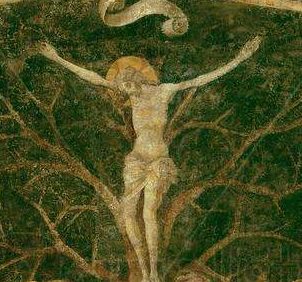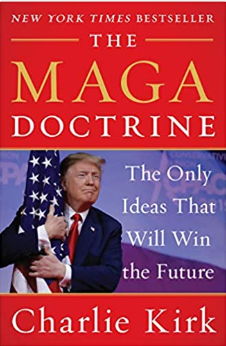Continuing from Ascension of Isaiah: Other Questions. . . .
. . . .
Earl Doherty without doubt was the major contributor to the Jesus myth perspective from the 1990s through to the early 2000s. I highly respected his grasp of both the big picture and the detail, his clear-headed engagement with the scholarship, and his alertness to valid logical reasoning. His discussion of the Ascension of Isaiah in The Jesus Puzzle and again and in greater depth in Jesus Neither God Nor Man have been mainstays in my own attempts to learn more about that ancient text. James Barlow has delved into the Asc. Isa. in even more detail since and finds even more support for Doherty’s view that it contains evidence of a heavenly crucifixion of Jesus and that its passage of an earthly sojourn of Jesus in one manuscript is a later addition.
In this post I would like to revisit some of Earl Doherty’s discussion about the Asc. Isa.. (I will return in later posts to addressing James Barlow’s thoughts.)
On page 106 of The Jesus Puzzle Doherty writes:
Here is the key passage. The seer and his angelic guide have reached the seventh heaven. There they see the Lord, the Christ, and the angel foretells this to Isaiah (9:13-17):
13 The Lord will descend into the world in the last days, he who is to be called Christ after he has descended and become like you in form, and they will think that he is flesh and a man.
14 And the god of that world will stretch out his hand against the Son, and they will lay their hands upon him and hang him upon a tree, not knowing who he is.
15 And thus his descent, as you will see, will be concealed from the heavens, so that it will not be known who he is.
16 And when he has plundered the angel of death, he will rise on the third day . . . .
(I have reformatted Doherty’s text and added underlining.)
The underlined section, more fully discussed in Jesus Neither God Nor Man, are quite possibly later additions. It does not appear in all manuscripts. At least one scholar of the Asc. Isa., Michael Knibb, proposes that all references to Jesus and Christ in the Asc. Isa. have been subsequently added. “They will think that he is flesh and a man” appears to be at odds with the rest of the Asc. Isa. that says Jesus will take on the appearance of lower angels, Doherty suggests.

In a shorter manuscript text we read “he will hang him upon a tree”,
showing that the focus is indeed on ‘the god of that world’ and not on any human agents on earth. The motif of not knowing who the Son is comes tellingly close to Paul’s “rulers of this age” (1 Cor. 2:8) who were ignorant of God’s purpose and inadvertently crucified the Lord of glory. Since the identity of the Son is declared to be concealed “from the heavens,” this ignorance is on the part of those in heaven, not on earth.
(JNGNM, 121f)
The shorter text (in Slavonic/Latin manuscripts) thus reads (using R.H. Charles’ translation):
13. The Beloved will descend . . . into the world in the last days . . .
14. And the god of that world will stretch forth his hand against the Son , and they will crucify him on a tree, and will slay him not knowing who He is. . . .
16. And when He hath plundered the angel of death, He will ascend on the third day . . .
(An aside at this moment: I wonder of Doherty’s view that “the world” to which the Beloved descends includes the firmament, and can mean events happening solely in the firmament, is worthy of more critical attention.)
Also of note, Doherty points out, is that the passage has no clear “Christian theology” of the cross. There is no “dying for sin” or idea of atonement. The death is “a simple rescue operation” to free the prisoners of Hades from the evil angels. Doherty goes even further:
If “Jesus” and “Christ” are later additions, we would not even be able to label this document ‘Christian’ but rather a case of Jewish sectarianism, although something that was in itself ‘proto-Christian.
(JNGNM, 123)
But we come now to that pocket gospel, the account in 11:2-22 of Jesus’ time on earth. In JNGNM Doherty heads his discussion
Introducing an Historical Jesus into the Ascension
11:2-22 contains the account of the birth of Jesus, the actions of Mary and Joseph, Jesus performing miracles and his supporters being turned against him by demonic powers so that they hang him on a tree. Of this section Doherty states
There are many arguments to be made that the latter version should be considered a later expansion, despite Knibb’s opinion (p. 154) that “the primitive character of this narrative [11:2-22] makes it difficult to believe that it did not form part of the original text.”
(ibid)
Here are three arguments along with my thoughts on them. Continue reading “Ascension of Isaiah: Questioning Three of Earl Doherty’s Arguments”

